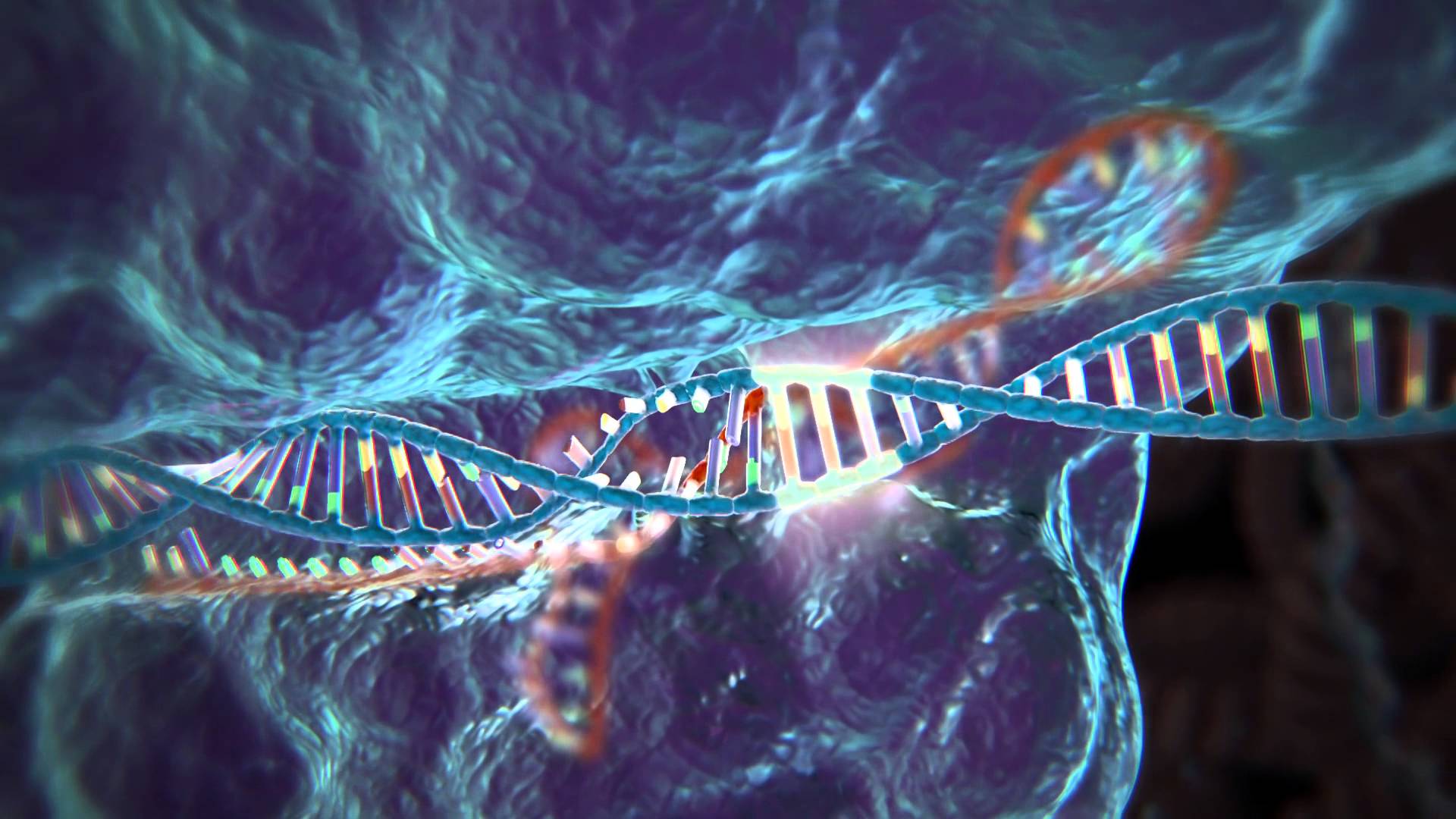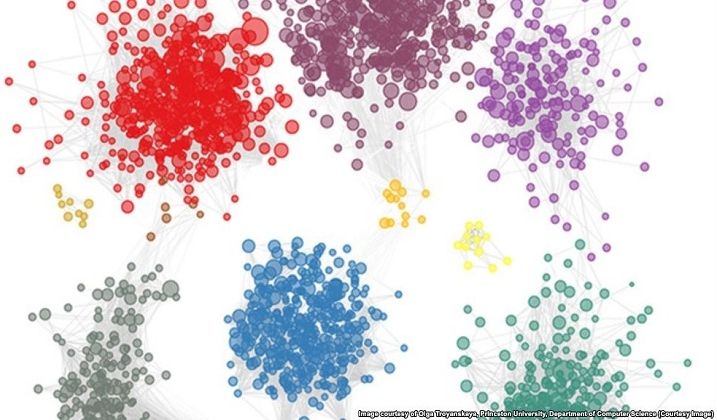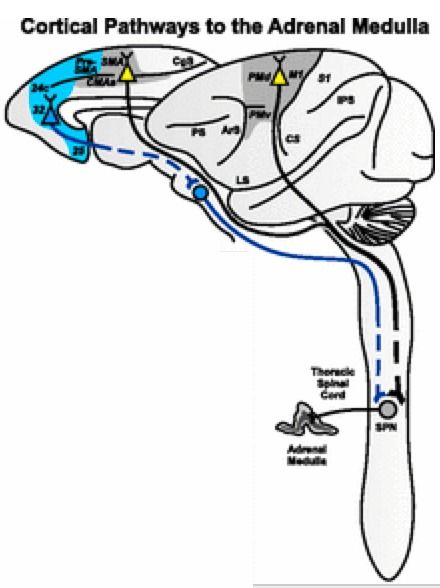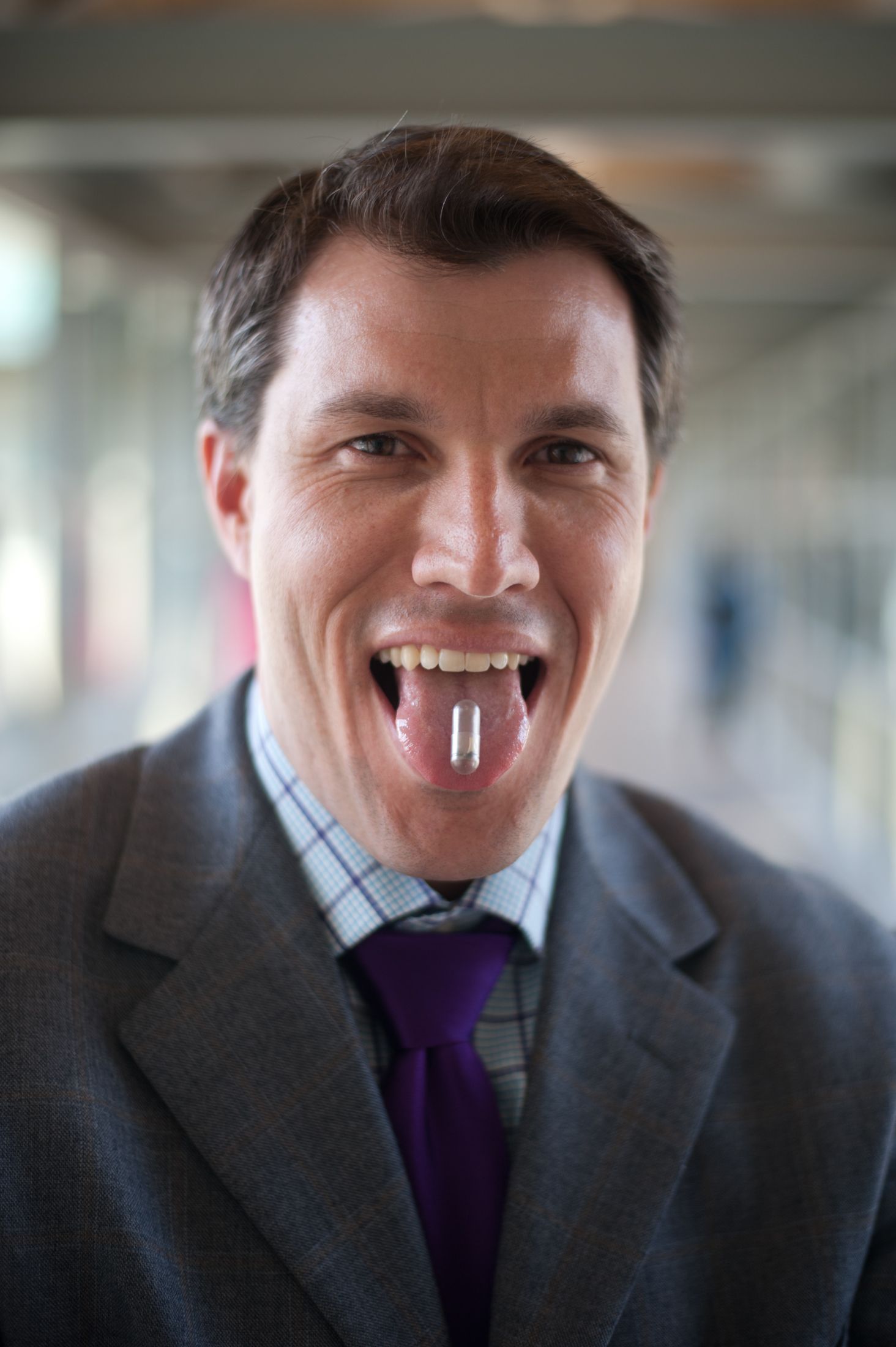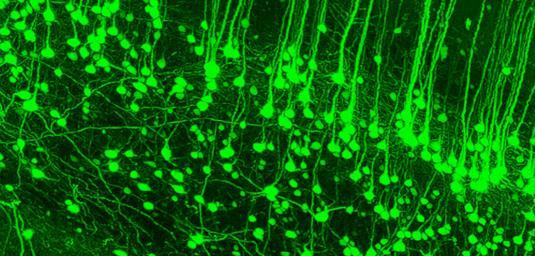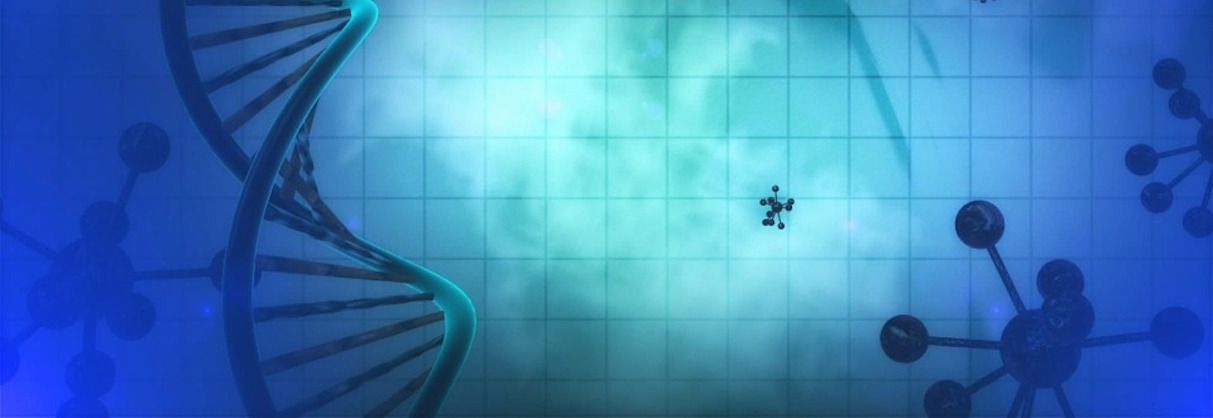Good; glad they are hearing us. Because it is a huge issue for sure especially with some of the things that I seen some of the researchers proposing to use CRISPR, 3D Printers, etc. to create some bizarre creatures. Example, in March to scientists in the UK wanted to use CRISPR to create a dragon; personally I didn’t expect it to be successful. However, the scientists didn’t consider the fallout to the public if they had actually succeeded.
For a few hundred dollars, anyone can start doing genetic editing in the comfort of their own home.
